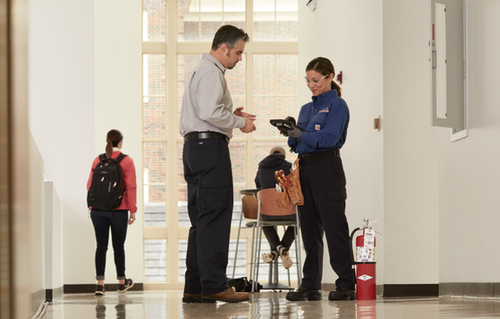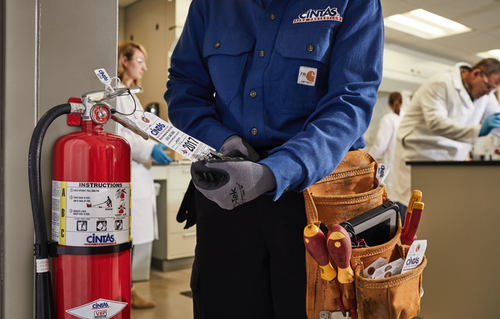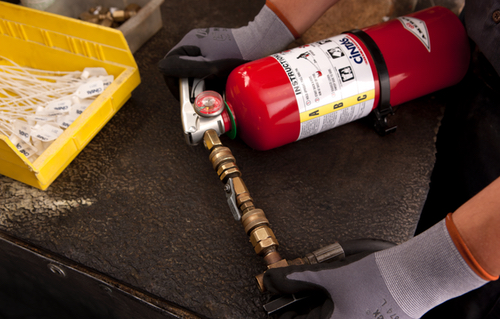Automatic sprinkler systems often play a critical role in minimizing fire damage at a facility. Did you know that there are many different types of sprinkler systems? Below is a brief overview of the most common types.
Wet Pipe Systems
Wet pipe systems are the most common type of fire sprinkler systems. These systems are filled with water from an automatic source, and when a sprinkler head is exposed to enough heat, the heat-sensitive element will release and water will be allowed to flow from that sprinkler. These systems often include an automatic alarm check valve that will send a signal to the building’s alarm system when water begins flowing through the piping.
Dry Pipe Systems
These systems are typically used in areas where the temperature could be low enough to freeze water in the pipes, causing the system to become ineffective. In these systems, the pipes are filled with air at a lower pressure than the water supply. When an automatic sprinkler is exposed to enough heat, the valve opens and allows that air to escape, causing the pressure in the pipes to drop and allowing water to flow through the piping. Since water cannot escape from the sprinkler head until the air is flushed from the systems, dry pipe systems typically are not as effective at suppressing fires in their early stages as are wet pipe systems.
Deluge Systems
A deluge system differs from conventional sprinkler systems in that the sprinkler heads are open and once smoke or fire is detected, water is released through all discharge devices in the system. These systems are typically found in areas that require instant application of water over a large area to suppress the fire and prevent its spread.
Pre-Action Systems
Pre-Action sprinkler systems are a special type of dry pipe system. The water is separated from the pipes by an electric “pre-action” valve that is controlled by a separate heat or smoke detection source. In order for water to be released from the system, the detection system that controls the pre-action valve must detect smoke or heat. Water will then be released into the piping of the system. Additionally, individual sprinkler heads must release and then water will flow onto the fire. These systems are most frequently used in water-sensitive environments, such as book libraries, computer rooms and art museums, since two events must occur for water to be released, adding extra protection from “false-alarms”.
Cintas fire service technicians service all kinds of automatic sprinkler systems. Click here for more information.
CINTAS CAN HELP KEEP YOUR BUSINESS READY™
- On-site assessment to discuss fire protection solutions for your business*
- Customized service dates that fit your busy schedule*
- Routine testing, inspection and maintenance of your fire protection equipment*
-

On-site assessment to discuss fire protection solutions for your business*
-

Customized service dates that fit your busy schedule*
-

Routine testing, inspection and maintenance of your fire protection equipment*
*Certain services may not be available in all markets
get started